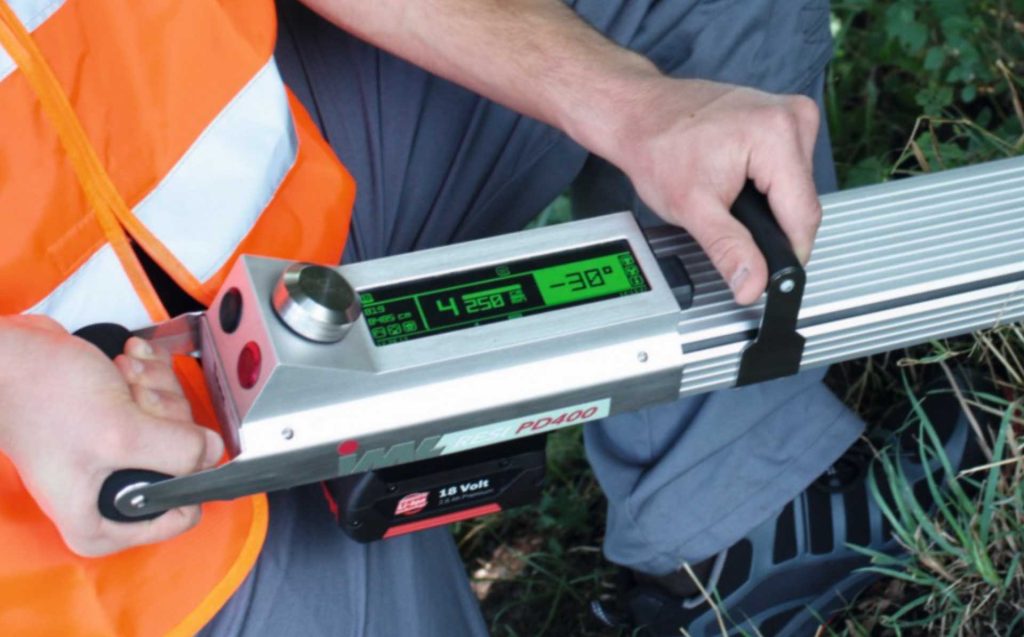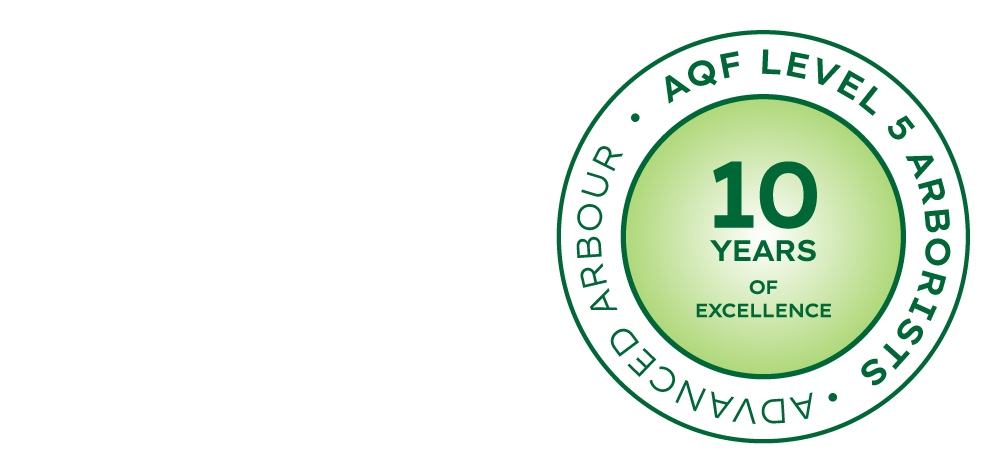Decay Testing
Introduction
Advanced Arbour Pty Ltd can attest to the critical role these testing plays in maintaining the health and safety of both trees and their surrounding environment.

A resistograph works by inserting a fine, needle-like drill into the tree trunk. As this drill penetrates the wood, it measures the resistance it encounters, which is then graphically recorded. The resulting data provides a precise profile of the tree’s internal condition, revealing variations in wood density that indicate the presence of decay, cavities, or other structural weaknesses.
The advantage of using a resistograph lies in its minimally invasive nature. Unlike other methods that might involve more extensive and potentially damaging procedures, a resistograph only requires a small entry point. This means the tree sustains minimal injury during the testing process, preserving its overall health and integrity.
Furthermore, the accuracy of a resistograph is unmatched. It can detect even the smallest pockets of decay or internal voids that are not visible externally. This level of detail is crucial for making informed decisions about tree management. For instance, if decay is detected early, appropriate measures can be taken to treat the tree, potentially saving it from removal. Conversely, if the decay is extensive, it allows us to make timely decisions to remove or mitigate the tree before it poses a risk to people or property. Another significant benefit of resistograph testing is its ability to provide quantitative data. This objective measurement allows arborists to compare the condition of different trees or monitor changes in a single tree over time.


